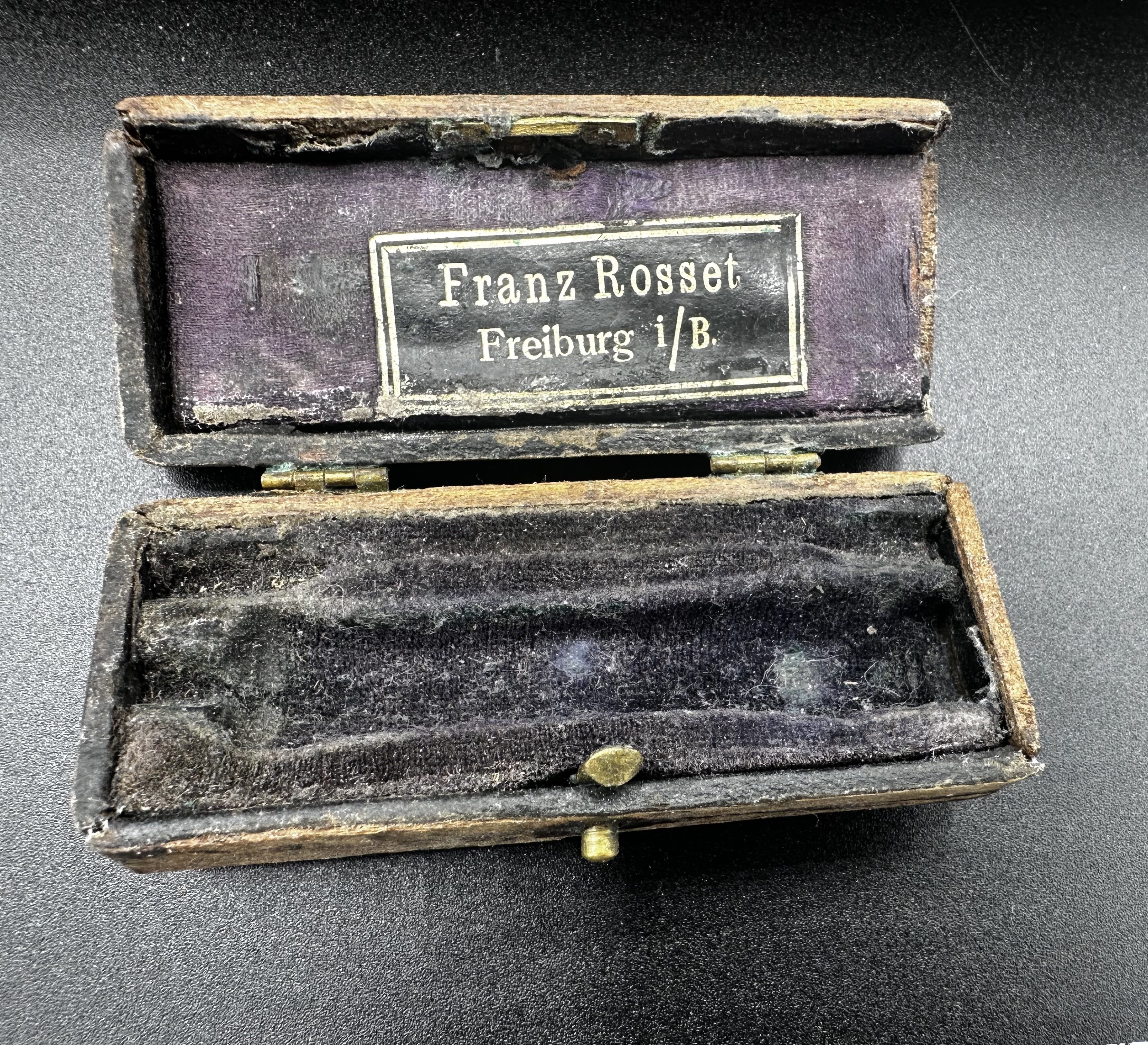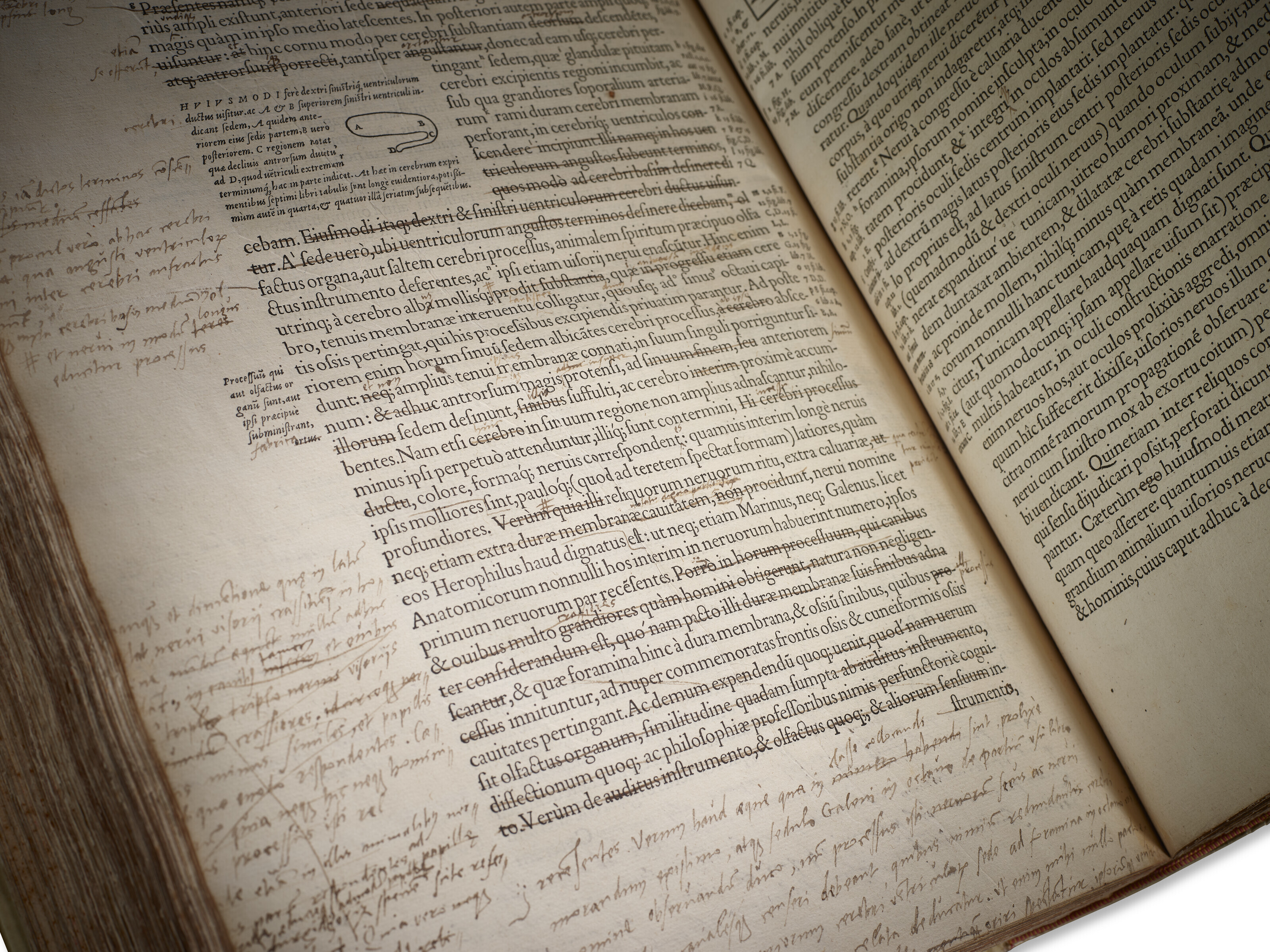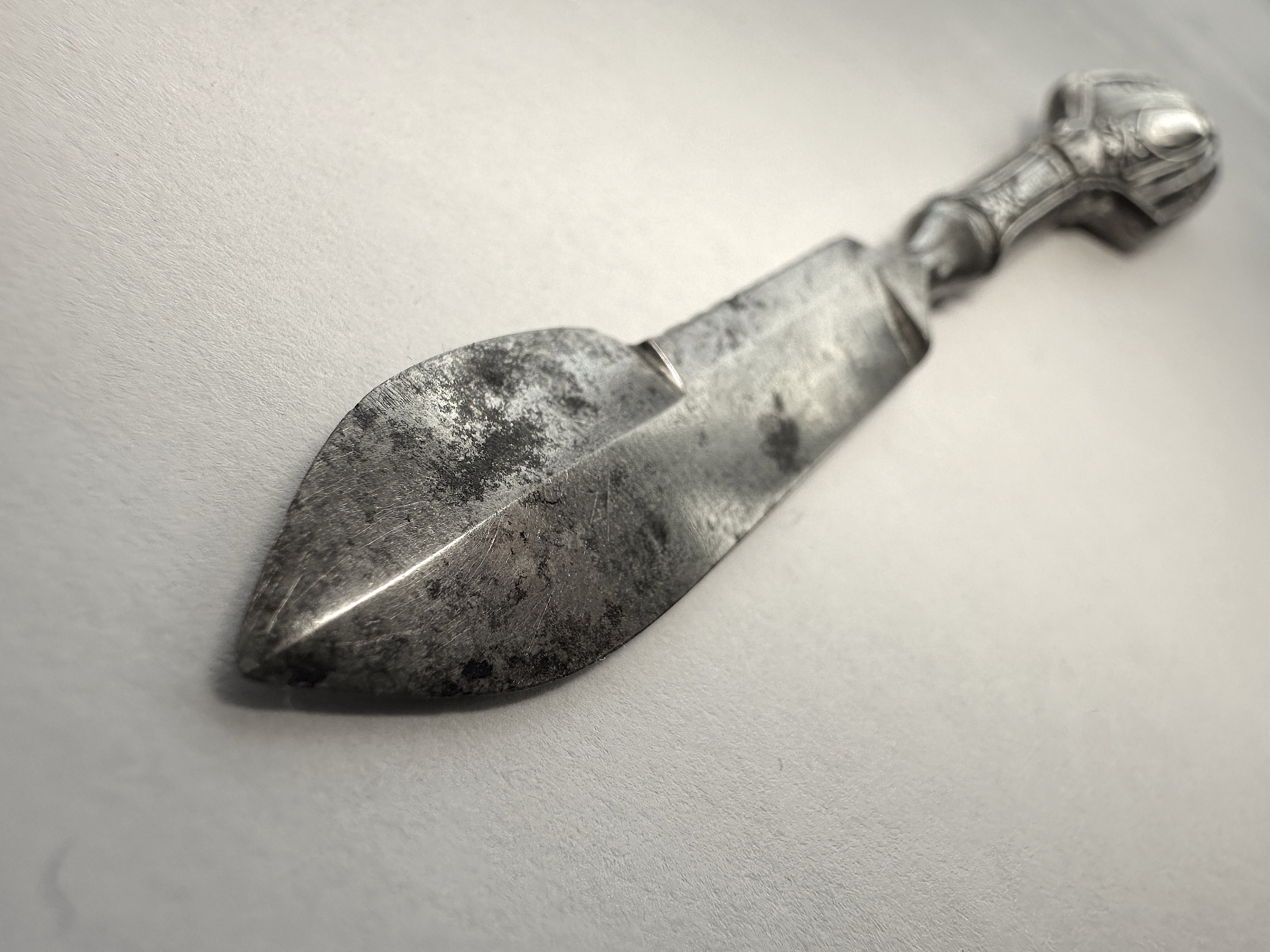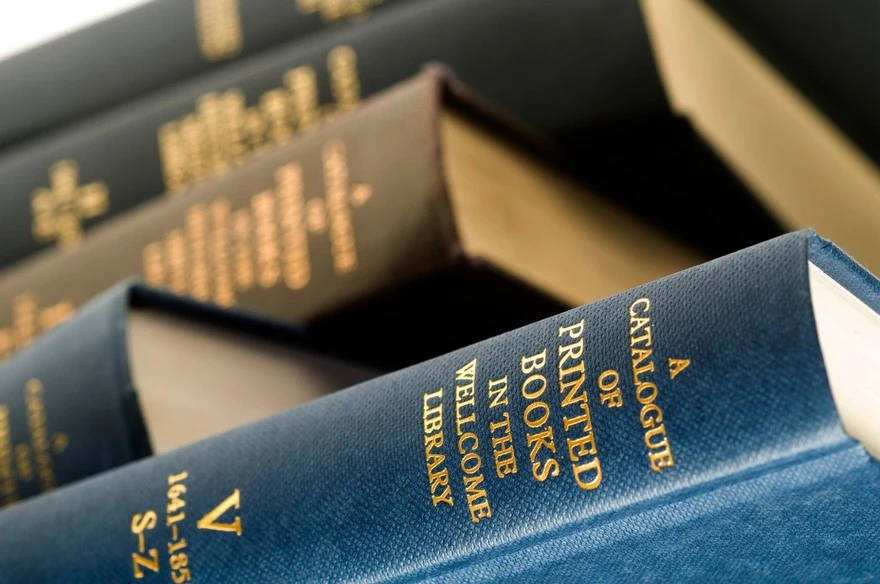Dating antique catalogs of medical instruments

Establishing the publication date of a medical trade catalog (catalogues in British spelling) is not always trivial. Many medical instrument manufacturers did without catalogs for many years – there was simply no need for them. Before the 19th century trade catalogs did not exist and illustrations and descriptions of instruments could be found either in books devoted to instruments or in surgical treatises. Then, when the first trade catalogs of medical and surgical instruments appeared, they often omitted the date of their publications. There is a very trivial practical explanation for this – a printed edition could be distributed to the last copy for several years without fear that customers would resent "outdated" samples.
Such editions, which do not contain imprints or other output data, can be very difficult to determnie the year of publication. A solution would be to date them by the design of the instruments they contained. But such dating only defines the boundary of "published at the earliest". What about the upper boundary, "not later"? Even the replacement of ebony and ivory handles with steel, which were more resistant to sterilization, provides only a very rough window of three-four decades. Many firms continued to produce instruments in traditional materials long after the discovery of antisepsis (1865) by Joseph Lister and the invention of the autoclave (1879) by Charles Chamberland and finally this shift from wood and bone to stainless steel for manufacturing surgical instrument handles occurred in the late 19th and early 20th centuries.
Another way to determine the approximate publication date of undated catalogs is to analyze the fonts, layout, and other typographical features characteristic of a particular era. Below are covers of medical instruments from European and American manufacturers whose year of publication is known. By comparing them to undated catalogs, the approximate period of publication can be more accurately determined.
1867, France
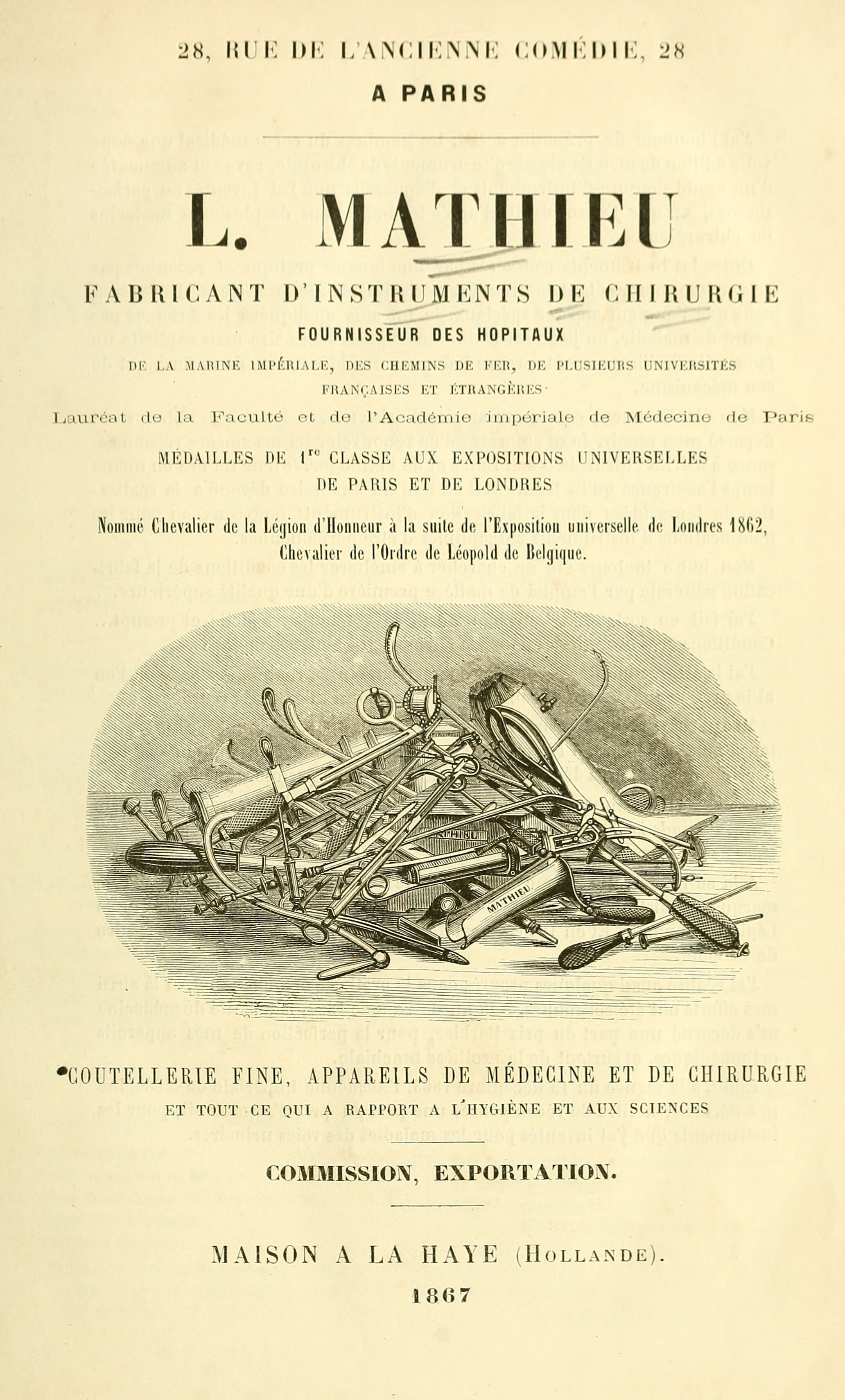
1867. L. Mathieu, Paris, France. Source: Wellcome library. Link to the full-text: https://wellcomecollection.org/works/mcmnx8ay/items
